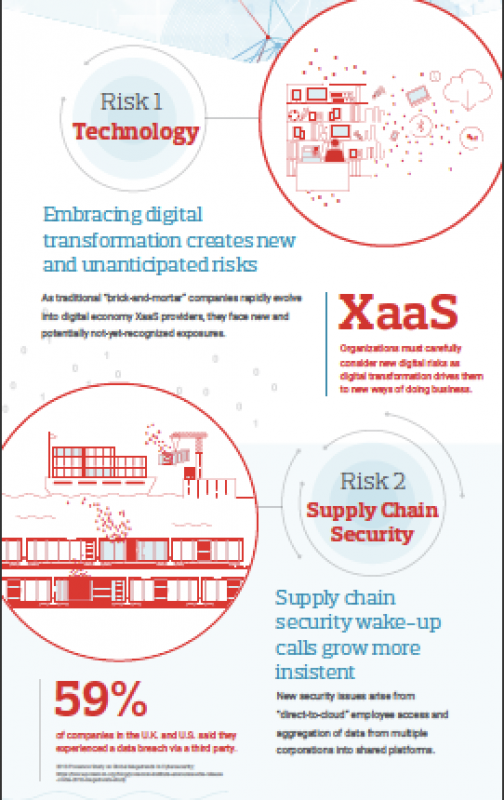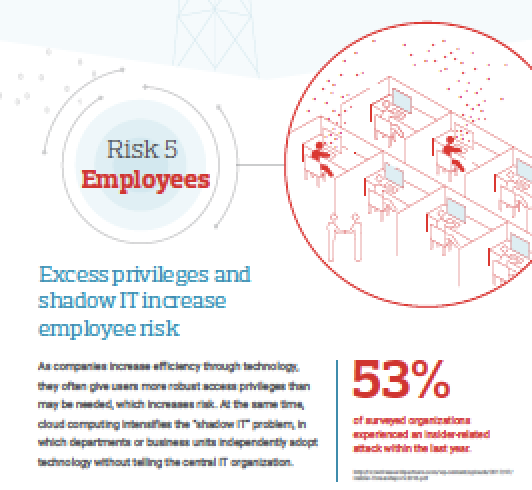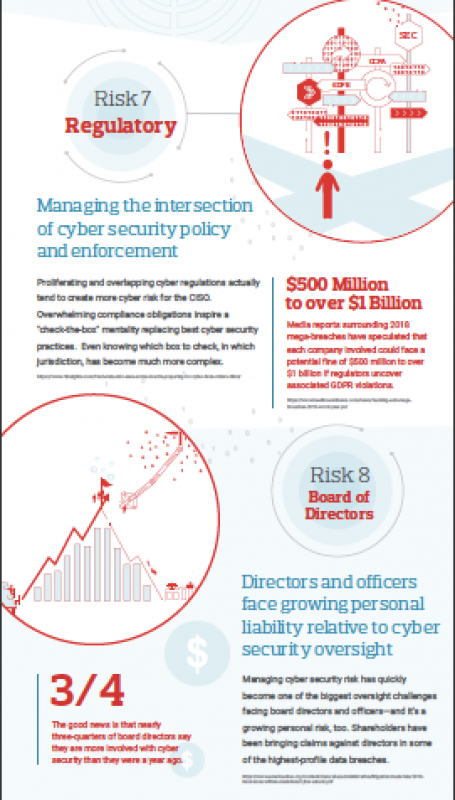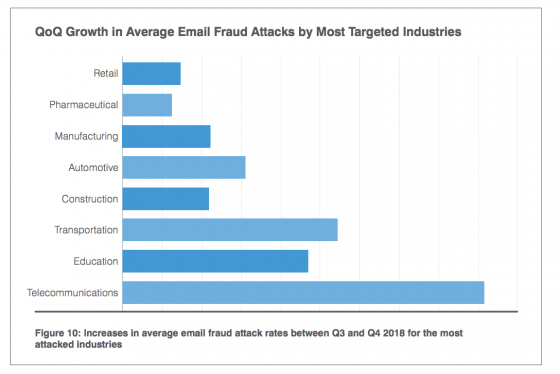The RIMS 2019 opening keynote address will be delivered by Dr. Erin Meyer, a professor at the INSEAD school of international business in France, and the author of the Culture Map: Breaking Through the Invisible Boundaries of Global Business. She discussed with Risk Management Monitor the concept of “culture mapping,” and how her upcoming address in Boston will provide risk managers with methods to assess cultural rituals and differences before conducting international business.
Download today’s RIMScast episode for Dr. Meyer’s full interview and a deeper dive into culture mapping.
Risk Management Monitor: What will you discuss in the keynote address at RIMS 2019?
Erin Meyer: I will be talking about globalization and how it is impacting our effectiveness when we work internationally.
Risk professionals might be supervising a building code in Indonesia or leading a global team made up of Brazilians and Polish people, for example, and what it means to communicate effectively or make decisions can vary from one country to another.
I will be presenting a “culture mapping” model that will help participants decode how these cultural differences are impacting their own effectiveness and then think about strategies for working in a more efficient way.
RMM: What has your experience with risk managers been like?
EM: I’ve noticed that risk professionals were usually in situations where – if they were working internationally – they were collaborating with just one other country at a time. But that has changed recently. In the last couple of years, they’ve often been in these multicultural environments and that’s where the culture mapping tool becomes so important.
When working in a multicultural team, you’ll find that different members have totally different impressions of the same country that they’re working in. This is all part of the concept of what I call “cultural relativity” – where we might have totally different impressions of what’s going on, based on our own cultural perspective. We will explore all this in the keynote.
RMM: What details of your research have surprised you?
EM: We’ve researched expatriate failure rates and looked at people moving from one country to another who had to return home early because they weren’t able to integrate into their new society. And what came up is the highest failure rate was not “Americans moving to China” or “Japanese moving to the Netherlands,” for example.
It was Americans moving to the UK.
And I think that’s very interesting because it represents something called “cultural dissonance,” which arises when we think the other culture is the same as ours because of external indicators, like language. For example, when Americans start working with the British and they’re all speaking the same language and eating the same food they assume things will not be so different from their home country.
RMM: Does that make them seem too lax in their work?
EM: They don’t give culture itself as much thought, and the consequence can be that they are perceived as incompetent [by the new colleagues]. So when you’re looking at the culture map – which we’ll be talking about during the keynote – it’s often those small differences that cause problems. Awareness of those differences is crucial.
RMM: How has technology created communication challenges?
EM: When we’re working at a distance we can lose the visual cues that help us, even in our own culture, to understand what’s going on. And when we bring in technology we all lose those visual cues – especially when you consider conference calls, for example. So, in some ways that kind of brings us back to a more standard communication platform but it does make things complicated because of course, we have different ideas about how to use technology in different parts of the world.
RMM: In the Culture Map, you discuss how even the use of email – merely to sum up a discussion – can lead to miscommunication or even an insult. How can that happen?
EM: If you get off of the phone with someone in India, for example, and put into writing everything that was decided and you send it, that might be considered an indication that you don’t trust the recipient. And I think that’s where working at a distance complicates things because if we’re in the same room we might feel that something wasn’t going well. But we’re working a distance, so we make these “errors” and it might hurt the relationship without even realizing it.






